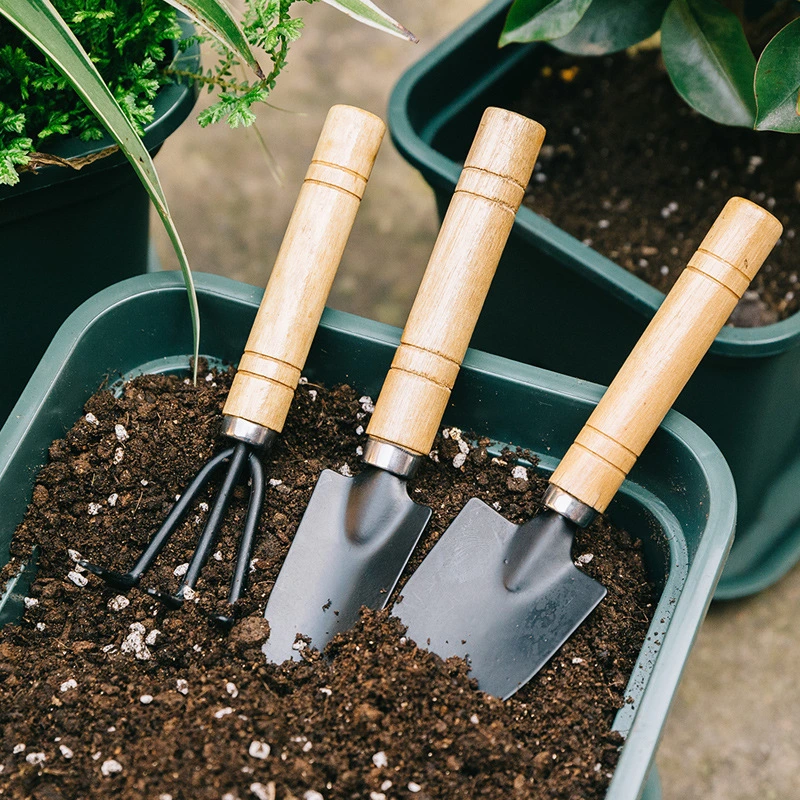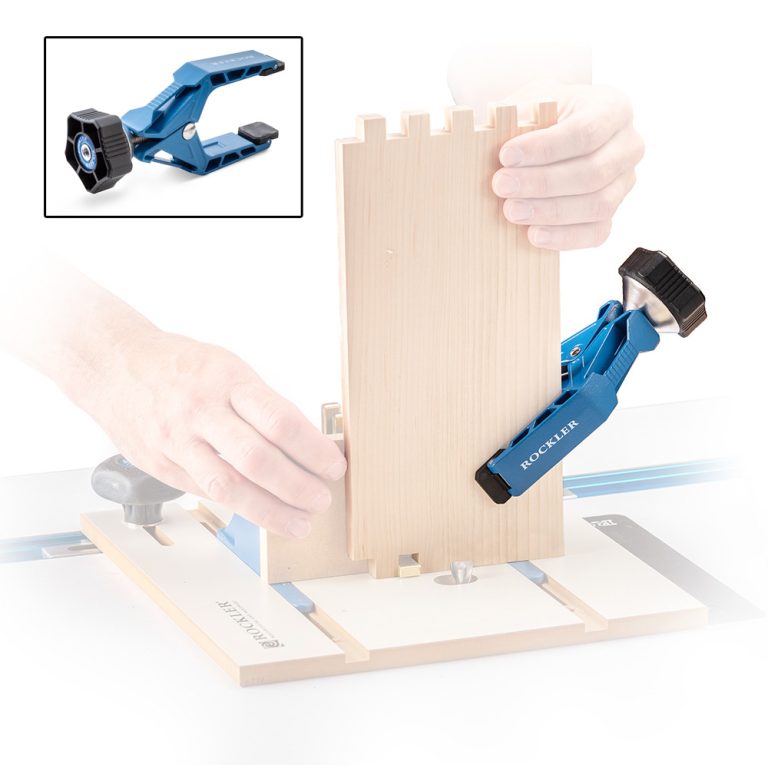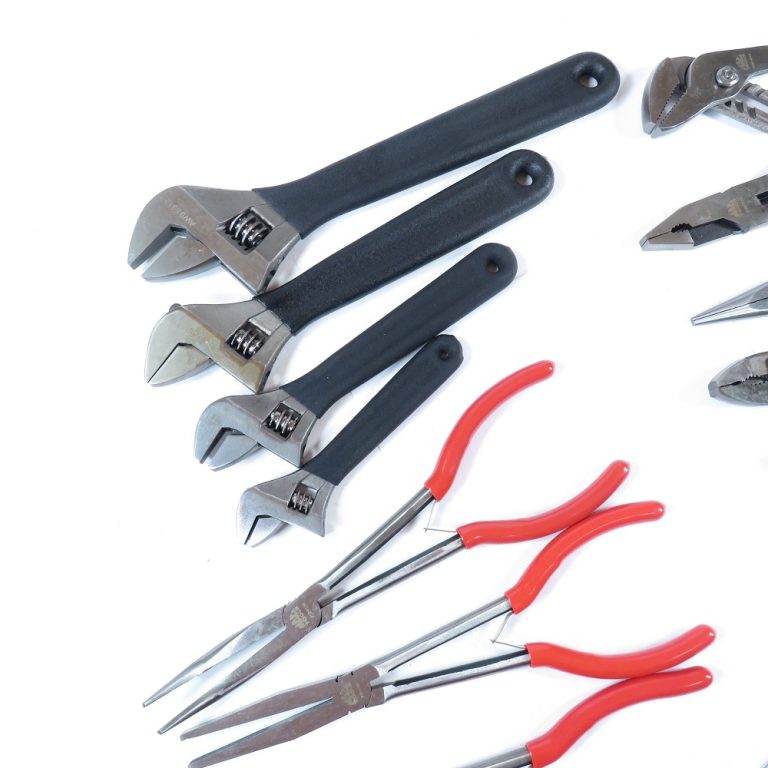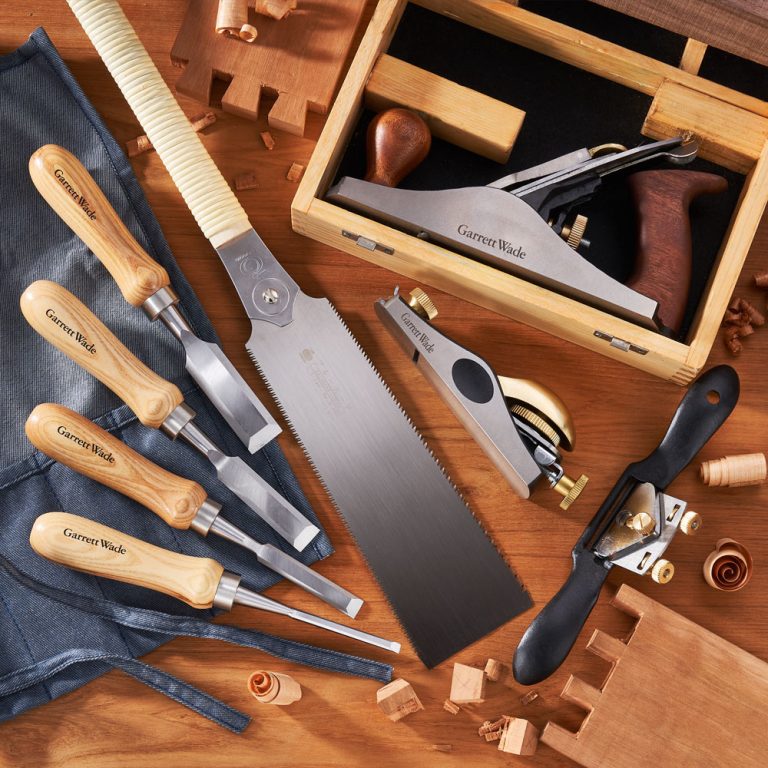The Foundations of Gardening: Understanding Basic Planting Tools
Gardening success begins with the right set of planting tools. These essential implements form the backbone of any gardener’s toolkit, enabling efficient soil preparation, precise planting, and proper plant care. From hand trowels to pruning shears, each tool serves a specific purpose in the gardening process. Hand trowels, for instance, excel at digging small holes for seedlings and transplants, while garden forks help loosen compacted soil and incorporate organic matter. Pruning shears, on the other hand, maintain plant health by removing dead or diseased branches.
Understanding the function and proper use of these basic tools lays the groundwork for more advanced gardening techniques. Moreover, investing in quality planting tools can significantly improve the gardening experience, reducing fatigue and increasing efficiency. Durable materials like stainless steel and hardwood handles withstand the rigors of regular use and varying weather conditions. Additionally, ergonomically designed tools minimize strain on hands and wrists, allowing for longer periods of comfortable gardening. By familiarizing oneself with these fundamental planting tools, gardeners set themselves up for success in their horticultural endeavors.

Digging Deep: Shovels and Spades for Soil Preparation
Shovels and spades play a crucial role in soil preparation, forming the foundation of a healthy garden. These tools, while similar in appearance, serve distinct purposes in the gardening process. Shovels, characterized by their curved blades, excel at moving soil, compost, and other materials. Their design allows for efficient scooping and lifting of loose materials. Spades, conversely, feature flat blades ideal for edging, slicing through roots, and creating clean lines in the garden.
Both tools come in various sizes and styles to accommodate different gardening needs and physical capabilities. Long-handled shovels and spades provide leverage for heavy-duty tasks, while shorter handles offer greater control for precision work. When selecting these tools, consider factors such as blade material, handle length, and grip comfort. Steel blades offer durability and sharpness, essential for cutting through tough soil or roots. Fiberglass or wooden handles provide strength while reducing overall tool weight. Additionally, D-shaped handles or ergonomic grips enhance comfort during extended use. Proper maintenance of shovels and spades, including cleaning after use and periodic sharpening, ensures their longevity and effectiveness in the garden.
Precision Planting: Hand Trowels and Cultivators
Hand trowels and cultivators epitomize precision in the world of planting tools. These compact implements allow gardeners to work closely with individual plants, ensuring accurate placement and care. Hand trowels, with their scoop-shaped blades, excel at digging small holes for seedlings, bulbs, and transplants. They also prove invaluable for removing weeds and mixing soil in containers. Cultivators, featuring multiple prongs, loosen soil, remove small weeds, and aerate the ground around plants. This duo of tools enables gardeners to maintain fine control over their planting environment, promoting healthy root development and optimal growth conditions.
When choosing hand trowels and cultivators, consider the material and design. Stainless steel blades resist rust and maintain sharpness, while aluminum offers lightweight handling. Ergonomic handles reduce hand fatigue during prolonged use, a crucial factor for those with arthritis or limited hand strength. Some models feature measurement markings on the blade, aiding in precise planting depth. Additionally, collapsible or foldable versions of these tools provide convenience for gardeners on the go or those with limited storage space. By incorporating hand trowels and cultivators into their toolkit, gardeners gain the ability to nurture their plants with meticulous care and attention to detail.

Maintaining Order: Rakes and Hoes for Garden Grooming
Rakes and hoes serve as essential tools for maintaining order and promoting healthy growth in the garden. Rakes, available in various styles, perform multiple functions depending on their design. Leaf rakes, with their wide, fan-shaped heads, efficiently gather fallen leaves and debris. Garden rakes, featuring sturdy metal tines, level soil, remove rocks, and prepare seedbeds. Hoes, on the other hand, excel at weed control and soil cultivation. The traditional draw hoe cuts through weeds at their base, while push hoes or stirrup hoes work well for lighter weeding tasks. When selecting rakes and hoes, consider the specific needs of your garden and personal comfort.
Adjustable rakes offer versatility, allowing for both wide and narrow raking. Lightweight materials like aluminum reduce fatigue during extended use, while steel provides durability for tougher tasks. Ergonomic handle designs and cushioned grips enhance comfort and reduce strain. Additionally, some modern hoes feature oscillating heads that cut weeds in both forward and backward motions, increasing efficiency. By incorporating these tools into regular garden maintenance routines, gardeners can keep their plots tidy, control weed growth, and create optimal growing conditions for their plants.
Precision Cuts: Pruning Tools for Plant Health
Pruning tools play a vital role in maintaining plant health and promoting vigorous growth. These implements allow gardeners to shape plants, remove dead or diseased portions, and encourage proper development. Pruning shears, also known as secateurs, handle most small branch and stem cutting tasks. Bypass pruners, with their scissor-like action, provide clean cuts ideal for live wood. Anvil pruners, which press the blade against a flat surface, work well for dead wood. For larger branches, loppers offer extended reach and increased cutting power. Pruning saws tackle the thickest branches, with their sharp teeth making quick work of woody growth.
When selecting pruning tools, consider factors such as blade material, cutting capacity, and ergonomic design. High-carbon steel blades offer durability and maintain sharpness, while titanium-coated blades resist sap buildup. Ergonomic handles and shock-absorbing bumpers reduce hand fatigue during extended pruning sessions. Some pruners feature rotating handles that move with the hand’s natural motion, minimizing strain. Additionally, ratcheting mechanisms in some loppers and pruners provide increased cutting power with less physical effort. Proper maintenance of pruning tools, including regular cleaning and sharpening, ensures clean cuts that promote quick healing and minimize the risk of disease transmission between plants.

Nurturing Growth: Watering Tools for Optimal Plant Hydration
Watering tools form a crucial component of any gardener’s arsenal, ensuring plants receive the hydration they need to thrive. Watering cans, available in various sizes and materials, offer precise control for container plants and small garden areas. Their long spouts allow for targeted watering, minimizing water waste and preventing leaf wetness that can lead to disease. Garden hoses provide versatility for larger areas, with adjustable nozzles offering spray patterns from fine mist to powerful jets. Soaker hoses and drip irrigation systems deliver water directly to the soil, promoting deep root growth and reducing water evaporation.
When selecting watering tools, consider factors such as durability, ease of use, and specific garden needs. Plastic watering cans offer lightweight handling, while metal versions provide increased durability. Expandable or coiled hoses save storage space, ideal for small gardens or balconies. Smart irrigation controllers can automate watering schedules based on weather conditions and plant needs, conserving water and ensuring consistent hydration. Additionally, rain barrels collect and store rainwater, providing an eco-friendly water source for the garden. By choosing the right combination of watering tools, gardeners can efficiently manage their plants’ hydration needs while conserving water resources.
Soil Enhancement: Tools for Composting and Fertilizing
Composting and fertilizing tools play a crucial role in enhancing soil quality and promoting robust plant growth. Compost bins or tumblers facilitate the decomposition of organic matter, creating nutrient-rich humus for the garden. Compost aerators or turners help maintain proper oxygen levels in the compost pile, speeding up the decomposition process. For applying compost and fertilizers, spreaders offer even distribution across lawns and large garden areas. Hand-held fertilizer spreaders work well for smaller spaces or container gardens. When selecting composting and fertilizing tools, consider factors such as capacity, durability, and ease of use. Compost bins with multiple compartments allow for continuous composting, while tumblers with hand cranks make turning compost effortless.
Stainless steel compost aerators resist corrosion and provide long-lasting performance. Fertilizer spreaders with adjustable flow rates ensure precise application, preventing over-fertilization. Additionally, soil testing kits help gardeners determine nutrient levels and pH, guiding fertilizer selection and application. Some modern composting systems even incorporate technology to monitor temperature and moisture levels, optimizing the composting process. By utilizing these tools effectively, gardeners can create rich, fertile soil that supports healthy plant growth and reduces the need for chemical fertilizers.
Seed Starting: Tools for Propagation and Early Growth
Seed starting tools empower gardeners to cultivate a wide variety of plants from seed, offering cost savings and greater control over plant selection. Heat mats accelerate germination by maintaining optimal soil temperature, particularly useful for warmth-loving plants. Grow lights ensure seedlings receive adequate light, especially important during winter months or in areas with limited natural light.
When choosing seed starting tools, consider factors such as durability, reusability, and specific plant needs. Sturdy plastic seed trays withstand repeated use, while biodegradable options reduce transplant shock. Adjustable grow lights allow for customization as seedlings develop, ensuring proper light intensity and duration. Automatic watering systems, such as capillary mats or self-watering trays, maintain consistent moisture levels crucial for seed germination and early growth.
Additionally, seed dispensers or sowers help achieve precise seed placement, particularly useful for tiny seeds. Some modern seed starting systems incorporate smart technology, monitoring environmental conditions and alerting gardeners to necessary adjustments. By utilizing these specialized tools, gardeners can successfully propagate a diverse range of plants, extending the growing season and expanding their horticultural possibilities.

Protective Gear: Safety Tools for Comfortable Gardening
Protective gear plays a vital role in ensuring gardener safety and comfort during planting and maintenance activities. Gardening gloves protect hands from thorns, splinters, and soil-borne pathogens while providing grip and dexterity. Different glove materials suit various tasks, with leather offering durability for heavy-duty work and nitrile providing water resistance for wet conditions. Knee pads or kneeling mats cushion joints during ground-level tasks, reducing strain and discomfort. Sun protection, including wide-brimmed hats and UV-resistant clothing, shields gardeners from harmful rays during extended outdoor sessions.
When selecting protective gear, consider factors such as fit, breathability, and specific gardening needs. Ergonomically designed gloves with reinforced fingertips offer both comfort and longevity. Adjustable knee pads ensure a secure fit for various body types, while foam kneeling mats provide portable cushioning. Breathable, moisture-wicking fabrics in gardening attire help regulate body temperature during strenuous activities. Additionally, safety glasses protect eyes from debris when using power tools or working with thorny plants. Some modern protective gear incorporates smart technology, such as gloves with touch-screen compatible fingertips or hats with built-in cooling systems. By prioritizing safety and comfort through appropriate protective gear, gardeners can enjoy their horticultural pursuits without unnecessary risk or discomfort.
Storage and Organization: Tools for Maintaining Your Gardening Arsenal
Proper storage and organization of planting tools ensure their longevity and accessibility, streamlining the gardening process. Tool racks and pegboards offer visible, easy-to-reach storage for frequently used items, while garden tool bags or carts provide portable organization for tasks around the yard. Shed organizers maximize vertical space, keeping tools off the ground and protected from moisture. When selecting storage solutions, consider factors such as durability, weather resistance, and specific tool requirements. Rust-resistant materials like galvanized steel or powder-coated metals withstand outdoor conditions, ideal for open-air storage.
Modular systems allow for customization as tool collections grow or change. Tool cleaning stations, featuring brushes and oiling components, facilitate proper maintenance after each use. Additionally, tool trackers or inventory apps help gardeners keep tabs on their equipment, preventing loss and identifying when replacements are needed. Some modern storage solutions incorporate smart technology, such as motion-sensor lighting or humidity control, to further protect valuable tools. By implementing effective storage and organization systems, gardeners can maintain their planting tools in prime condition, ensuring they’re always ready for the next gardening task.







